Carmona bonsai, care and secrets
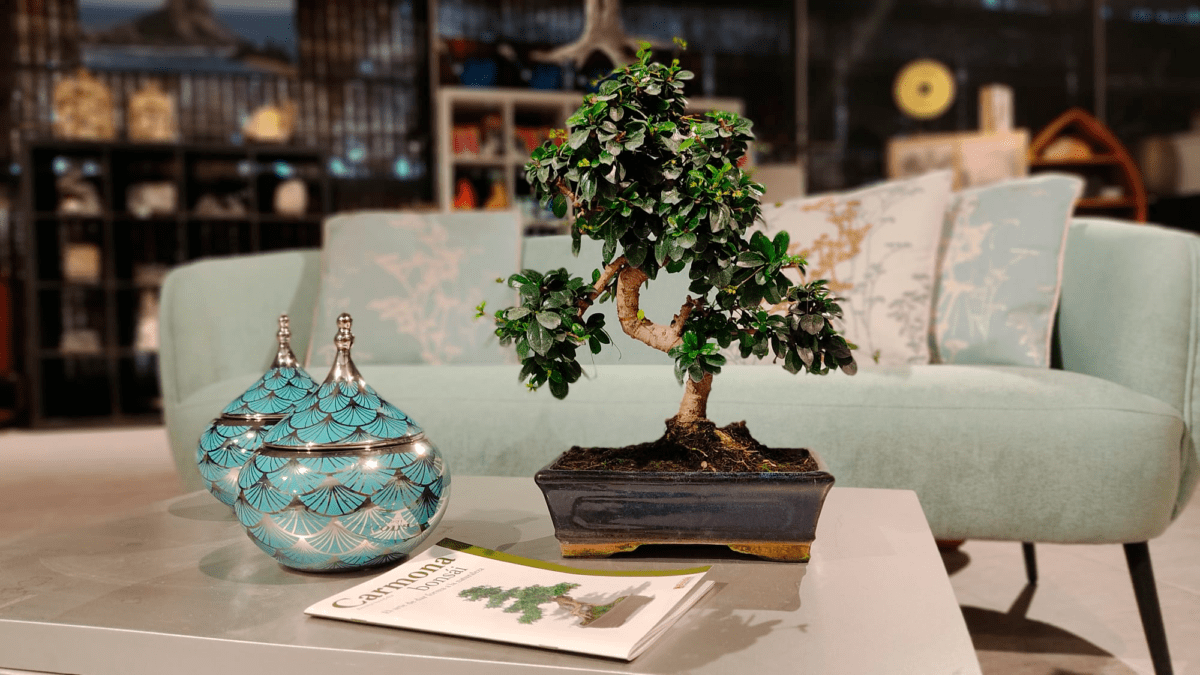
The Carmona species is one of the easiest bonsai to care for, and it is ideal for beginners who want to start practising this ancient art. In today’s blog, we will tell you all about the Carmona bonsai care and its secrets.
Its scientific name is Carmona microphylla, although we can also find it by its common name Carmona or Fukien tea tree. It belongs to the Borraginaceae family, it is native to tropical Asia, southern China and Southwest Asia.
Legends about the Fukien tea tree
The story tells that Kung Wei was a peasant from Fukien province who lived about 12 centuries ago. This peasant was very devoted to Goddess Kuan Yin, whom he worshipped at her altar, walking up the mountain after finishing his labours. He always brought her a cup of tea as an offering.
One day his wife fell ill, she suffered from severe stomach ache. The medicines and cures that the peasant prepared were of little use. Seeing that his wife’s health deteriorated, he went up the mountain desperately to pray to Goddess Kuan Yin. Returning from his prayers and coming down the mountain, he noticed that there was a small tea tree that he had not seen before, growing twisted between the rocks.
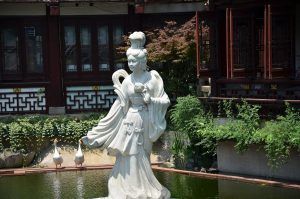
Kung Wei thought it was a gift from the Goddess he adored so much, so he carefully scooped it out of the ground, brought it home, and planted it.
He prepared a tea made from the leaves of the tree for his wife. The drink soothed her discomfort and she soon recovered. The peasant’s joy was so great that he began to look for more little trees in the mountains and gave it to all the nearby villages, so they could use it as a medicine for digestive issues.
Curiosities of Carmona bonsai
There are very old writings from the Zhou dynasty (1047 BC – 256 BC) that speak of the medicinal properties of this plant. The leaves would have antidiarrhoeal, febrifuge properties and would help stomach infections. When infused, it is used as a remedy for stomach problems, dysentery and coughs. Its roots are considered a plant-based antidote to poisoning.
Characteristics of Carmona bonsai
When the plant is young, the Carmona has elliptical and bright-green leaves. As it matures, the green of the leaves becomes more intense, and they develop pilosity (fine soft hairs). We can also see some small white dots on of the leaves. Sometimes they can be confused with some type of pest, but we must bear in mind that it is the normal structure of mature leaves.
Why is Carmona species so appealing as a bonsai?
The Carmona bonsai is very attractive and known for its easy maintenance and rapid growth. The capacity of reduction of the leaves and its white, discreet and elegant flowering at the end of spring adds a touch of distinction as a bonsai.
It can be worked in various styles:
- Chokan or Formal (If the trunk is straight)
- Moyogui or Informal (If the trunk is curved)
- Yose-ue or Forest (If you have several Carmona bonsai and want to make a composition).
- Penjing or Landscape, without any doubt the most popular style. (A composition of rocks, bonsai and small figures, recreating completely the place where they grow in nature).
As you can see, the Fukien tea tree has endless possibilities to make it a must-have bonsai in your collection. Keep reading to learn about Carmona bonsai care.
How to care for Carmona bonsai
Where to locate Carmona bonsai
Since it is a tropical species, we should place it inside our houses when temperatures outside get lower than 15 °C. When the temperatures are milder, especially in spring and summer, we can place it outdoors.
While inside, it will need good natural lighting. Place it less than half a meter from a well-lit window. If in summer we see that the light is too intense, we can sift the light with a curtain.
How often should we water Carmona bonsai?
Besides lighting, irrigation frequency is vital for Carmona bonsai. Watering must be very precise, since it does not like dry or flooded substrate for a long time. Every time we water it, we will do it abundantly. Remember that bonsai pots have drainage holes to get rid of the water that the bonsai does not need.
To know when to water again, just touch the substrate with your hand. If it feels dry, we will introduce our finger 1 cm from the surface. If it still feels dry, it means that it is the right time to water the bonsai.
In this video we explain how to properly apply the irrigation technique in species that we have located indoors.
The best fertiliser for the Carmona species
In the growth stage, we should use a fertiliser rich in nitrogen, such as the Hiryo Gold Growth organic fertiliser. One month before flowering, a fertiliser rich in phosphorus, either Nutribonsai liquid fertiliser or Hiryo Gold Flowers and Fruits organic fertiliser. Then, in autumn, it is better to fertilise with a compost rich in potassium. We recommend the Nutribonsai Eco.
This species has very sensitive roots, so an organic (slow release) fertiliser is better than a stronger chemical fertiliser.
The best time to transplant Carmona bonsai
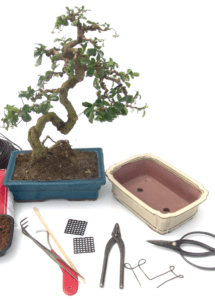
Performing this technique is essential for renewing the roots of our bonsai and ensuring that they are in good health. In addition, the substrate also suffers erosion and wears out so we must change it from time to time. The ideal time to transplant the Carmona bonsai is between April and early June (in the northern hemisphere) when the temperatures are warm but mild.
It is important to respect the timings to guarantee an optimal recovery of our bonsai after transplanting it.
The ideal substrate for the Carmona bonsai is Terrabonsai. It is a mixture of soils (blond peat, volcanic clay and Akadama) designed for the cultivation of most of our bonsai. Retains moisture and mineral fertilisers.
If you prefer to create your own substrate, you can also use Akadama or Pumice in your mixes.
Pinching and pruning Carmona bonsai
The Carmona bonsai is a fairly slow growing species, this makes its healing process more difficult. Therefore, we will avoid doing too drastic pruning and, in case of doing it, it is essential to use a healing paste.
The ideal time to prune structurally will be at the end of winter, just before our Carmona begins to grow the new buds of the season.
Pinching is a task that we can do throughout the year. Spring is the time of greatest growth, so we must be more aware.
How to shape our bonsai
Wiring is a technique that allows us to shape our bonsai without the need to prune any branches.
The Carmona is quite a brittle species, so it is advisable to wire the young branches before they begin to lignify in autumn.
The most common diseases of the Carmona
These are the most common pests we can find in our Carmona bonsai:
- Mites.
- Aphids.
- Cottony mealybugs
Each of these pests can be easily eliminated by applying the systemic insecticide for each of them.
Carmona bonsai tree: FAQ
These are the most common things I always get asked about: leaves, flowers and roots.
My Carmona bonsai is losing its leaves, is it normal?
No, the falling of the leaves can be caused by three things: wrong watering (excess or deficit), poor location of the bonsai or a problem in the roots due to poor absorption.
When should I transplant my Carmona and how much should I cut the roots?
The Carmona, like the other tropical species, should be transplanted in spring, only if the tree is strong. Remember never to transplant a weak tree. It has always been said that 1/3 of the roots should be cut when transplanting. But the Carmona doesn’t like strong or abundant trimming of its roots. That is why I recommend that you only cut the thick roots. Comb them gently with a Kumade, the weak ones will come off and the rootlets will remain well established. If you follow these tips, your bonsai will be safe.
 When does the Carmona bloom?
When does the Carmona bloom?
The flowers appear in late spring or early summer. Remember to only water the substrate, be careful so that the flowers don’t get wet. They will last much longer.
The Carmona or Fukien Tea is a very beautiful bonsai, easy to grow and with a very hopeful story. What else could you ask from a bonsai?
Did you like this post? Do not forget to share it with whoever you think will be useful and follow us on our social networks so you do not miss any news, Instagam & Facebook.
See you in another bonsai!
About the Author
Mistral Bonsai
In Mistral Bonsai we are a communication team, technicians and masters committed from the first day to disseminating the wonderful art of bonsai. A world that offers many things to share. We believe that a bonsai is a tree with a soul, unique and unrepeatable. Another of our most essential pillars is, how could it be otherwise, our close commitment to the preservation of the environment and nature.
Categories
Bonsai cultivation and care (54)
Bonsai gift (2)
Bonsai pests and diseases (6)
Bonsai repotting (3)
bonsai substrates (2)
bonsai tools (1)
Bonsai work (10)
Ceramic pots (3)
Chinese culture (2)
Chinese culture (1)
Corporative Mistral Bonsai (8)
Cuidados del bonsái (22)
Cultivo del bonsái (20)
Dead wood (2)

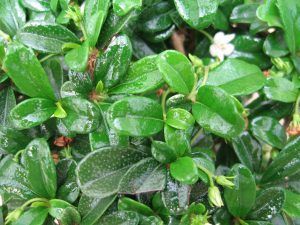
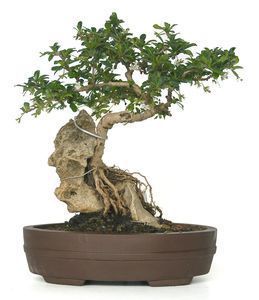
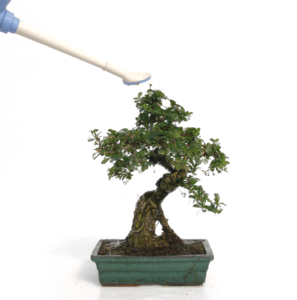
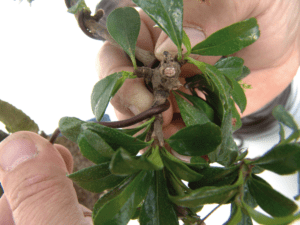
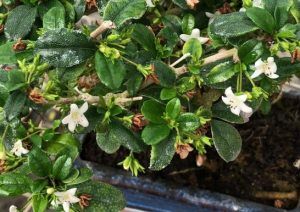 When does the Carmona bloom?
When does the Carmona bloom?